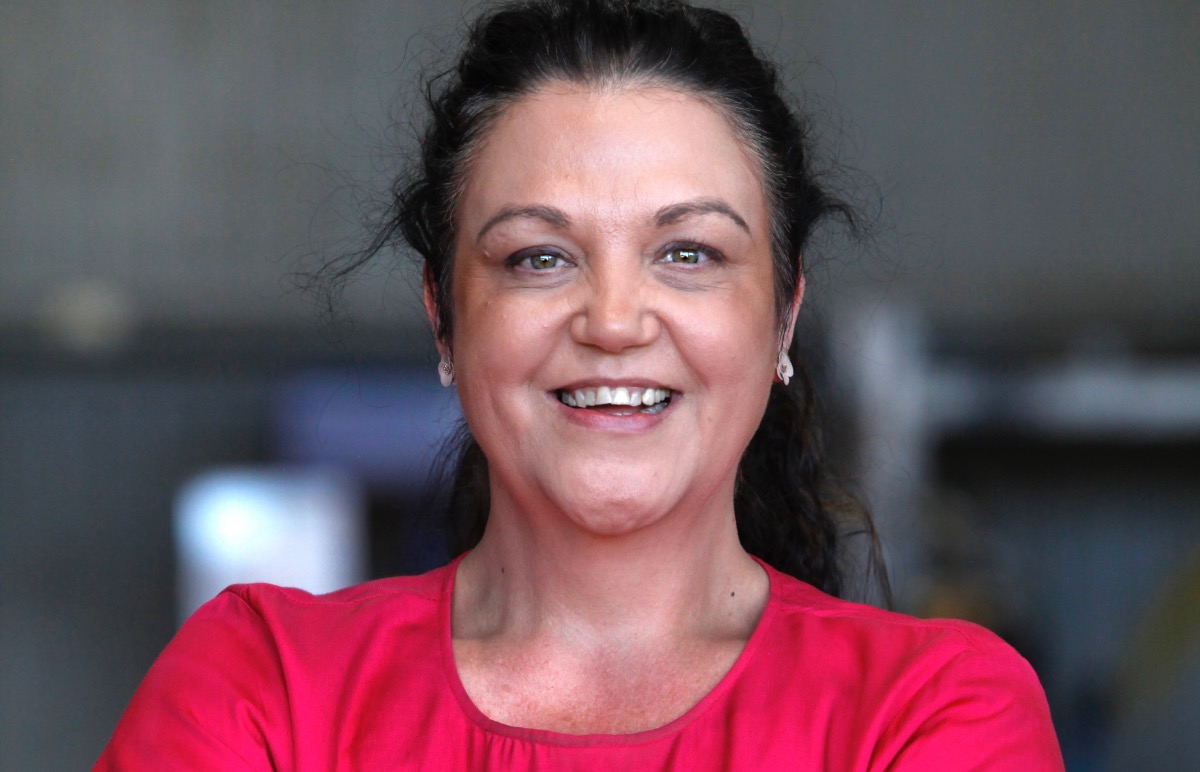With her optimistic outlook and a wealth of life experiences, our dedicated Credit Manager, Carole Aird embodies resilience, independence, kindness and strength. Carole hails from the charming town of King’s Lyn in Norfolk, UK. As the middle child (and of course the favourite!) in a family of six children, she has fond memories of her upbringing. Carole’s family moved often, as her dad was in the Navy. After her father’s untimely passing at the age of 37, Carole’s mother became her inspiration, her beacon of strength. Her mother worked tirelessly, holding a 9 to 5 job at Barclays Bank and a night job cleaning to ensure her six children had the essentials – food on the table, clean clothes, and a roof over their heads.
“My mum always told me to be a lady. And for her, that meant be your own person, be independent, be strong! And that I am,” says Carole. “She was a very capable and selfless woman, and she instilled her values in me, she was my inspiration.” Carole had many cousins, aunts & uncles and holidays and Christmas’s were spent in her uncle’s motorhome with fond memories of Gibraltar, Spain, France, New Forest and Butlins. “We always had lots of fun and I remember getting up to things we shouldn’t have (like apple scrumping and going onto local farmers land to catch fish). Reminds me of the movie Cheaper by the Dozen!”
Carole’s career journey began in hospitality. She managed to secure an apprenticeship with Bass Taverns, and by the exceptionally young age of 21, she was running her own pub called The Fox & Hound in Fleet. Carole met her husband (an Ozzie) in the UK, when she was 22. “It was a bit of a knight in shining armour scenario,” she said, “I was ‘removing’ someone from the pub as Glenn was coming in for a drink and he asked if I needed help!”
Four years later, the couple travelled to Australia and spent eight months exploring the vast continent with only $500, a car, and a two-man tent! “This was the best life experience. This was when I fell in love with this beautiful country,” she said. They moved to Perth in 2002. Glenn had tragically been diagnosed with Idiopathic Pulmonary Fibrosis and wanted to return to Australia for treatment. He had a DBL Lung and Heart Valve transplant in 2006. However, he sadly passed away in 2010. “I lost my soulmate, the best husband, and the best father to our children. I was very lucky to have had him in my life.”
Carole now shares her life with her kids, partner, and two cats. “I am blessed with two children Aliesha, 24 and Kyle 19, a stepdaughter Georgia, 25 and my partner David and I feel privileged I get to call WA my home every day.”
KEE’s CEO David Cox says “Carole stands out with her upbeat personality, infectious humour, and unwavering dedication. Carole’s self-motivation and patience creates a caring, positive and productive work environment. Her outstanding work makes her invaluable to KEE.” Having worked mainly in corporate structured companies and after spending an admirable 18 years with her previous employer, Carole found KEE to be a nice change.
“The difference with KEE is that it is family oriented. There is a good work/life balance and the management are more approachable. The connection to family values typically leads to strong company culture.”








